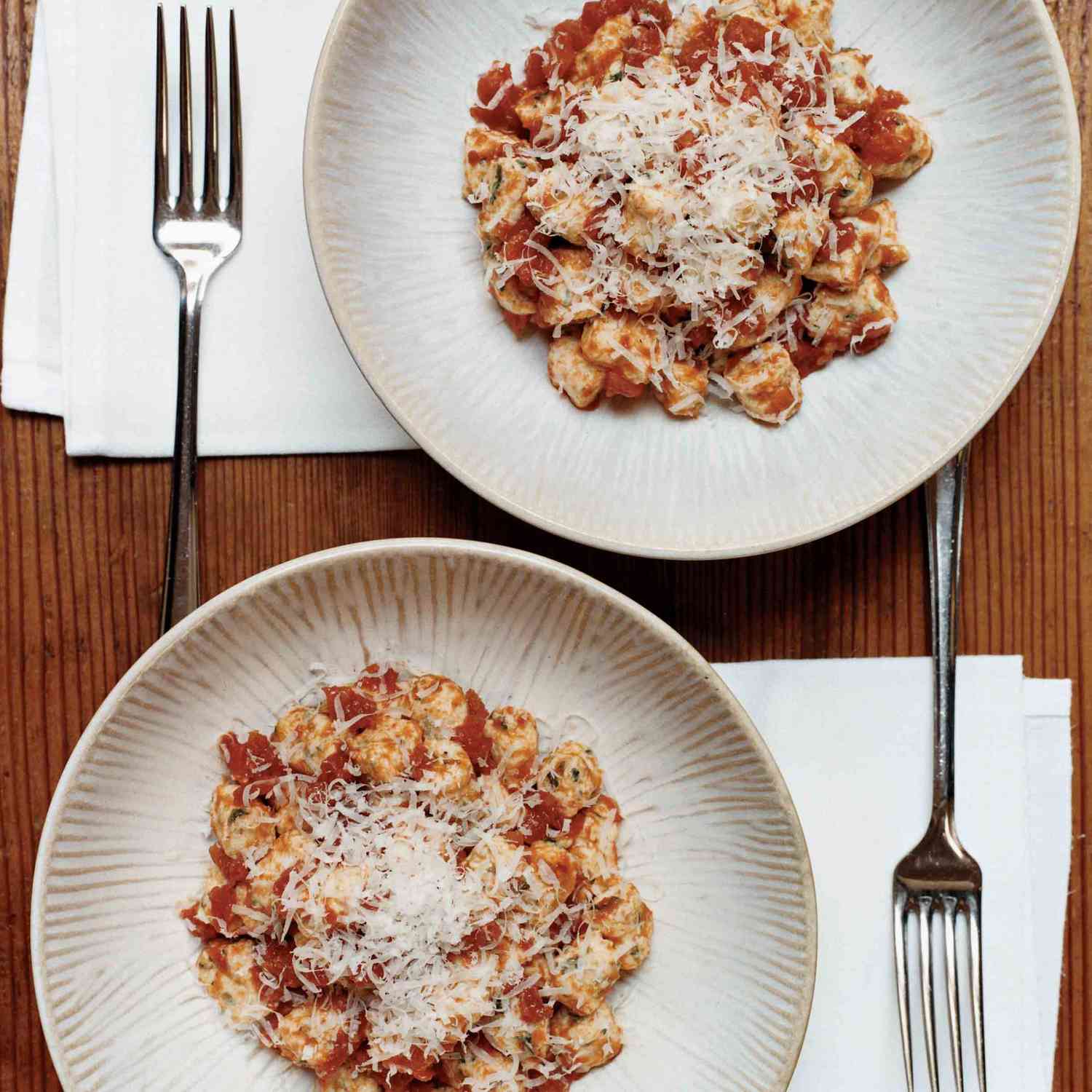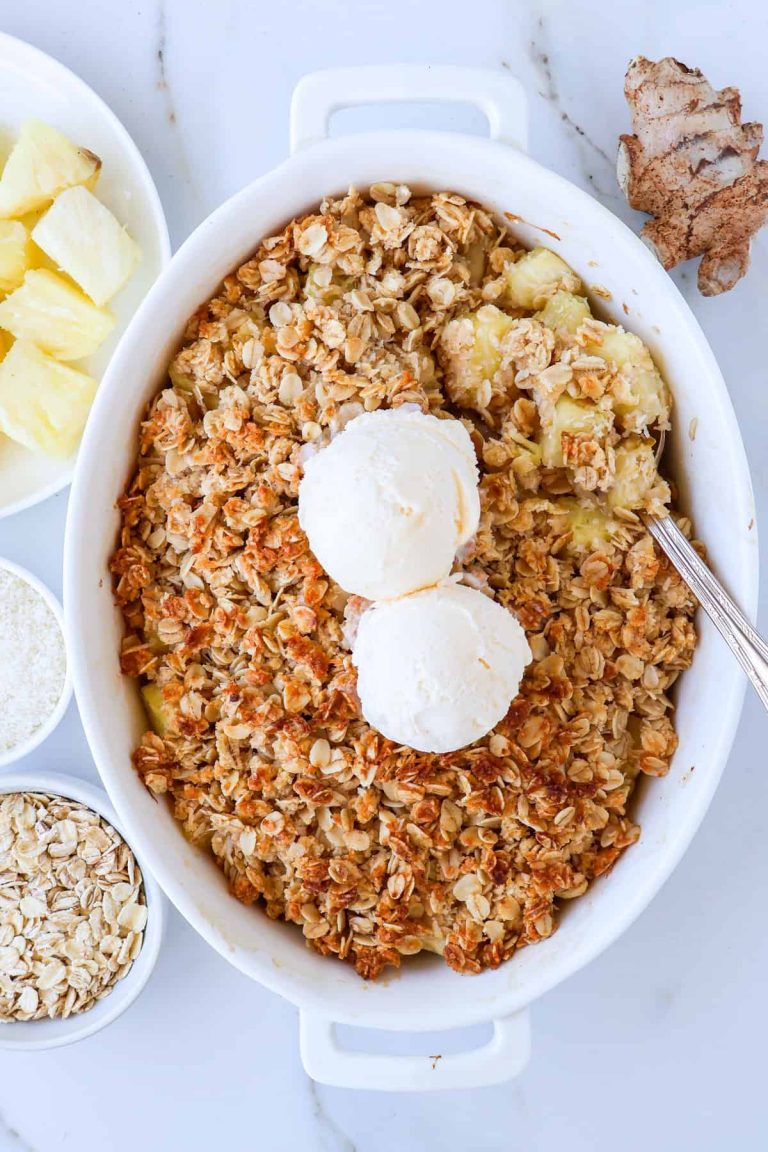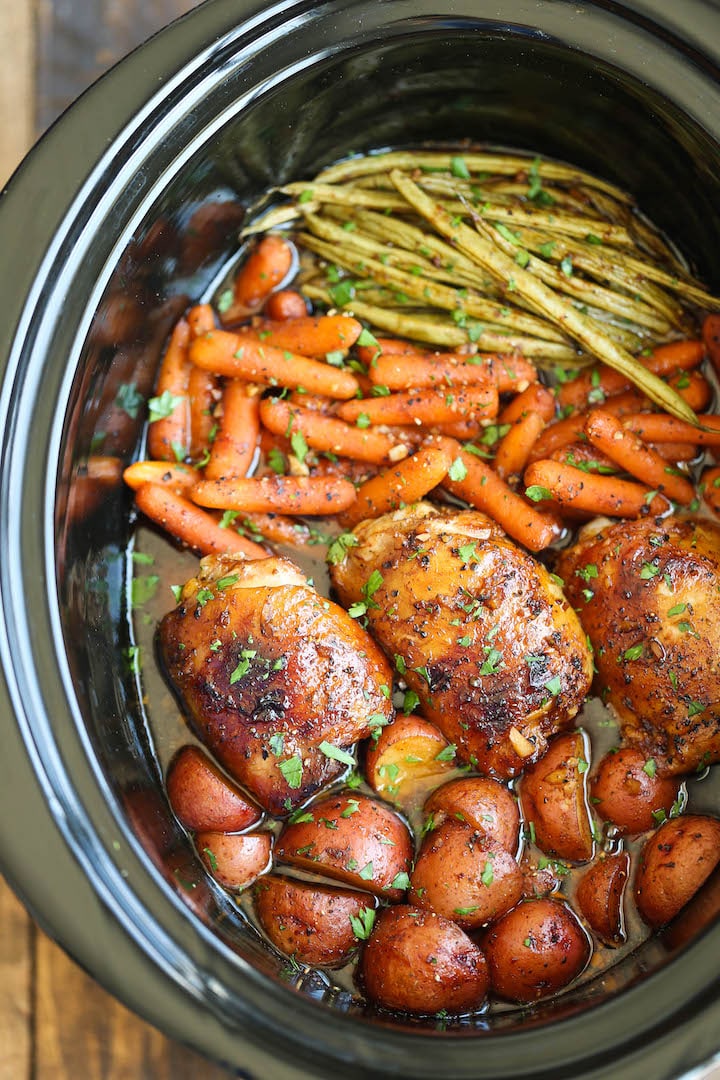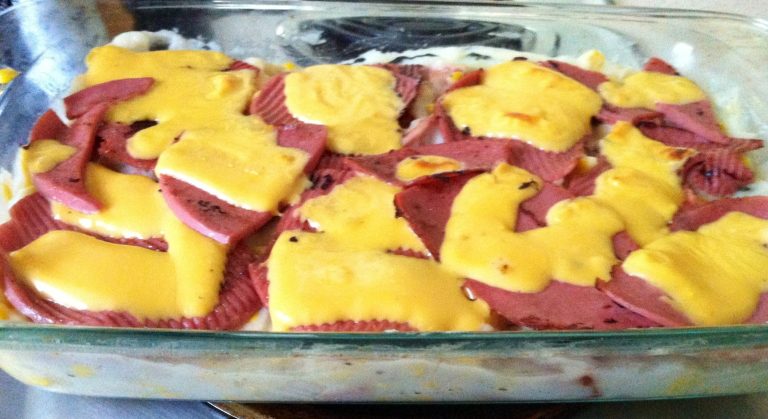Gnudi Ricotta Gnocchi Recipe: Tips, Serving Ideas, and Perfect Wine Pairings
Gnudi ricotta gnocchi are delicate Italian dumplings made primarily from ricotta cheese and flour. The term “gnudi” comes from the Italian word for “naked,” reflecting that these dumplings resemble the filling of traditional stuffed pasta like ravioli but without the pasta shell. This core structure makes gnudi light, creamy, and rich in flavor. The preparation involves minimal ingredients, typically ricotta, all-purpose flour, grated Parmesan, eggs, and a pinch of salt, leading to a soft texture and subtle taste.
How It Differs From Traditional Gnocchi
Traditional gnocchi are usually made from potatoes, flour, and occasionally egg, resulting in a denser, more robust dumpling. In contrast, gnudi ricotta gnocchi use ricotta as the primary ingredient, which gives them a lighter, fluffier consistency. The absence of potatoes in gnudi creates a creamy texture that differentiates it from potato-based gnocchi. Another key difference lies in the cooking method; while both are boiled until they float, gnudi’s tender nature requires more gentle handling to maintain their shape and texture.
Both gnudi and traditional gnocchi offer delightful experiences with distinct characteristics, making them unique in the diverse world of Italian cuisine.
The History of Gnudi Ricotta Gnocchi
Origin and Cultural Significance
Gnudi ricotta gnocchi originates from Tuscany, Italy. The word “gnudi” means “naked” in Tuscan dialect, referring to the filling of traditional ravioli without its pasta wrapper. It’s believed that peasants developed gnudi to make the most of their limited ingredients, mainly ricotta and spinach. This dish showcases the Tuscan emphasis on simplicity and high-quality produce. Enjoyed during various Italian gatherings and celebrations, gnudi has become a beloved comfort food.
Popular Variations Across Italy
Different regions put their spin on gnudi, creating several popular variations. In Tuscany, spinach is often mixed with ricotta for added flavor and nutrition. In contrast, Emilia-Romagna uses different cheeses like mascarpone to diversify the texture and taste. In some parts of Northern Italy, whole sage leaves are incorporated into the dough, offering an aromatic twist. Each variation highlights regional ingredients and culinary traditions, making gnudi a versatile dish that adapts to varied Italian landscapes.
Essential Ingredients and Preparation
Key Ingredients
Gnudi ricotta gnocchi require a few core ingredients to achieve their delicate texture and rich flavor. Ensure you have the following on hand:
- Ricotta Cheese: 1 cup, well-drained
- Parmesan Cheese: 1/2 cup, finely grated
- All-Purpose Flour: 1/4 cup, plus extra for dusting
- Egg Yolks: 2 large
- Salt: 1/2 teaspoon
- Pepper: 1/4 teaspoon, freshly ground
- Nutmeg: 1/8 teaspoon, freshly grated
Quality ricotta cheese impacts the final texture, so choose a brand known for its smoothness and minimal moisture content. Freshly grated parmesan adds depth, while a small amount of flour binds the ingredients without overwhelming the lightness. Egg yolks provide richness and help hold the mixture together, salt enhances flavor, and a sprinkle of nutmeg offers a subtle warmth.
Step-by-Step Preparation Guide
Follow these steps to create authentic gnudi ricotta gnocchi:
- Drain Ricotta: Place ricotta in a fine-mesh sieve, press lightly to remove excess moisture, then let it drain for at least 30 minutes.
- Mix Ingredients: In a bowl, combine ricotta, parmesan, flour, egg yolks, salt, pepper, and nutmeg. Mix until well incorporated but don’t overwork the dough.
- Shape Gnudi: Lightly flour your hands and workspace. Take small portions of the mixture (about a tablespoon) and roll them into balls. Place each on a floured baking sheet, ensuring they don’t touch.
- Chill: Refrigerate the formed gnudi for at least 30 minutes to firm up. This step ensures they hold their shape during cooking.
- Cook Gnudi: Boil a large pot of salted water. Gently lower gnudi into the boiling water in batches to avoid overcrowding. Cook until they float to the surface, about 3-4 minutes, then let them cook for another 1-2 minutes.
- Serve: Use a slotted spoon to transfer cooked gnudi to a plate. Serve with a simple sage-butter sauce, marinara, or browned butter with fried sage leaves for traditional flavors.
Each step is crucial for achieving the perfect texture, ensuring the gnudi hold together but melt in your mouth upon eating.
Cooking Tips and Tricks
Achieving the Perfect Texture
Consistent practice achieves gnudi ricotta gnocchi with the right texture. Using high-quality ricotta ensures a smooth, creamy base. Remove excess moisture by draining ricotta for at least an hour. A well-drained ricotta prevents sogginess, resulting in lighter gnocchi. Add finely grated Parmesan for additional flavor and structure.
Properly mix ingredients to avoid overworking the dough, as this can make gnocchi dense. Knead gently until ingredients just combine. Use minimal flour to maintain a tender consistency. Shape gnocchi by rolling small portions of dough and forming into uniform balls. An evenly shaped gnocchi cooks consistently, balancing softness and structure.
Simmer gnocchi in salted boiling water until they float. Floating indicates they are cooked through. Use a slotted spoon to remove them delicately, preserving their light texture.
Common Mistakes to Avoid
Avoid using wet ricotta, as excessive moisture leads to mushy gnocchi. Drain ricotta to achieve the ideal consistency. Overworking dough stiffens gnocchi, making them chewy. Mix ingredients just enough to combine without excess handling.
Another common error is using too much flour. Excess flour results in dense gnocchi. Add flour gradually, ensuring the dough remains soft but manageable. Boiling the gnocchi over high heat can cause them to disintegrate. Maintain a gentle simmer to cook gnocchi evenly and preserve their shape.
Cooking gnocchi too early or letting them sit too long before cooking affects texture. Cook immediately after preparation to ensure optimal freshness and consistency.
By following these tips and avoiding common mistakes, you’ll create perfect gnudi ricotta gnocchi every time.
Serving and Pairing Suggestions
Best Sauces and Accompaniments
Serve gnudi ricotta gnocchi with sauces that enhance their delicate flavors. A light butter and sage sauce complements the ricotta’s creaminess. For a heartier option, try a tomato-based sauce using fresh tomatoes, garlic, and basil. Pesto sauce, made from fresh basil, pine nuts, and Parmesan, adds a nutty flavor. Additionally, sautéed spinach with garlic can accompany gnudi as a side dish, creating a balanced meal.
Wine Pairings for Gnudi
Pair gnudi ricotta gnocchi with wines that highlight the dish’s subtlety. A crisp, unoaked Chardonnay enhances the creaminess without overpowering it. For a red option, a light-bodied Pinot Noir offers a good balance. Sparkling wines like Prosecco can cleanse the palate between bites, enhancing the overall dining experience. Consider the sauce used; for example, tomato-based sauces pair well with a medium-bodied Sangiovese.
By following these serving and pairing suggestions, you can elevate your gnudi ricotta gnocchi experience.
Conclusion
Exploring gnudi ricotta gnocchi opens up a delightful culinary journey into the heart of Tuscany. By selecting high-quality ingredients and mastering the cooking techniques, you can create an authentic and flavorful dish that stands out. Pairing your gnudi with the right sauces and wines will elevate your dining experience, making it truly unforgettable. Whether you’re a seasoned cook or a kitchen novice, gnudi ricotta gnocchi offers a simple yet sophisticated way to enjoy traditional Italian cuisine at its finest. Dive in and savor the rich, comforting flavors of this classic dish.






